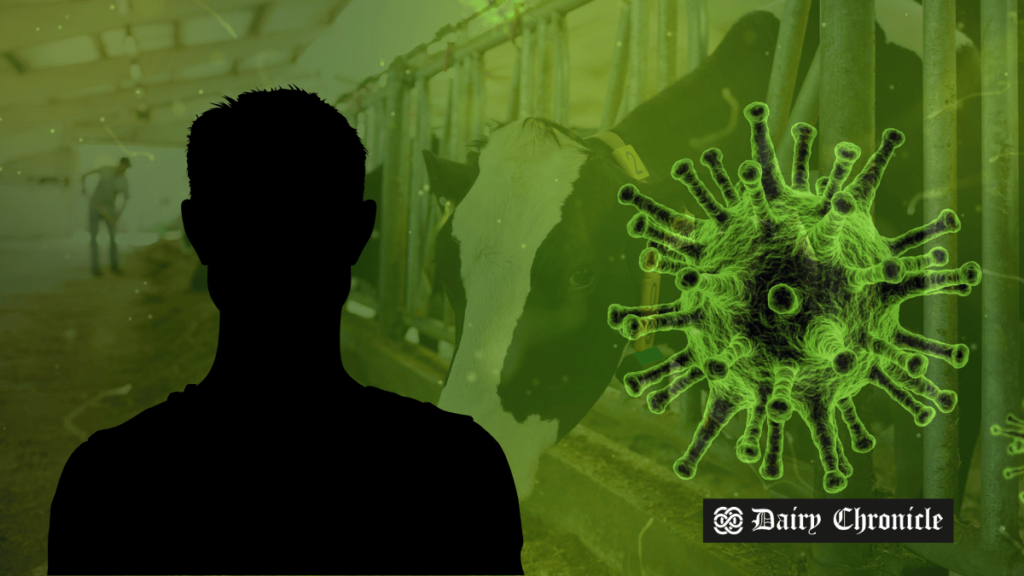Two dairy workers in California’s Central Valley have been diagnosed with bird flu, making them the 15th and 16th human cases in the U.S. this year. The workers, who were employed at different farms, developed mild symptoms after contact with infected cattle. Health officials believe the cases stemmed from animal contact, not human transmission. The outbreak of H5N1 avian influenza, which primarily affects birds, has spread to dairy cattle in 14 states since March, with over 50 herds impacted in California. The CDC assures the public that the risk remains low but continues to monitor the situation.
Two dairy workers in California’s Central Valley have been diagnosed with bird flu, marking the 15th and 16th human cases of avian influenza detected in the U.S. this year, according to health officials. The U.S. Centers for Disease Control and Prevention (CDC) confirmed the positive test results, the first to occur in California during the ongoing outbreak, which has been affecting dairy cattle across the nation.
The workers, employed at separate farms, developed mild symptoms, including eye redness (conjunctivitis), after coming into contact with infected cattle. California health authorities have stated that there is no known connection between the two cases, suggesting that the infections likely occurred due to direct exposure to animals rather than person-to-person transmission.
The outbreak of H5N1 avian influenza, which has been impacting wild and domestic bird populations in the U.S. for years, has recently spread to dairy cattle. Since the outbreak was first confirmed in March, over 250 dairy herds across 14 states have been affected, with more than 50 herds in California alone being hit since August.
The CDC emphasized that while the detection of new cases in individuals exposed to infected animals is not unexpected, the overall risk to the public remains low. Most of the human cases reported this year have involved workers in close contact with cattle or poultry, primarily in Colorado, Michigan, and Texas. One exception occurred in Missouri, where a person was infected despite no known contact with animals, and the source of that case is still under investigation.
Prior to this year, the only U.S. case of human infection was recorded in 2022, when a Colorado poultry worker fell ill. The spread of bird flu into dairy cattle, however, has presented new challenges for containment and monitoring.
The CDC, a leading federal agency dedicated to public health and disease control, continues to track the outbreak closely to minimize potential risks to both human health and the agricultural sector.



